Nicolas Gresset
Fusion of Time and Angle Measurements for Digital-Twin-Aided Probabilistic 3D Positioning
Oct 20, 2024
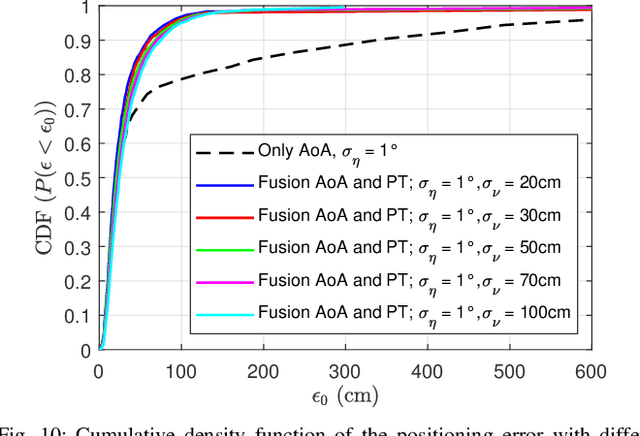
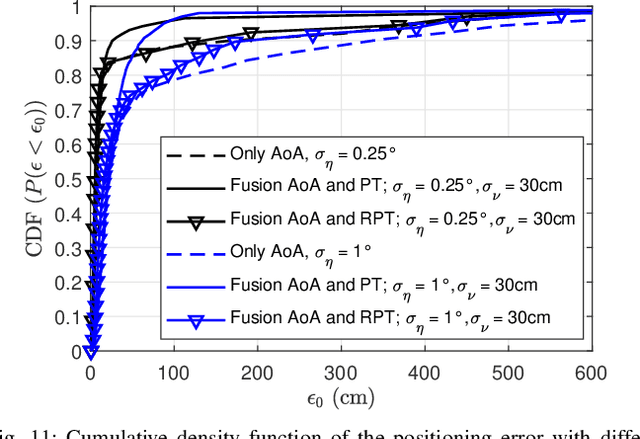
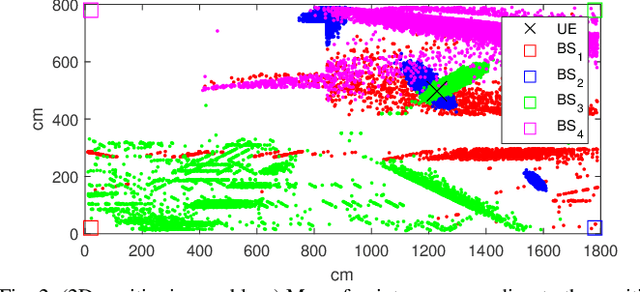
Abstract:Previous studies explained how the 2D positioning problem in indoor non line-of-sight environments can be addressed using ray tracing with noisy angle of arrival (AoA) measurements. In this work, we generalize these results on two aspects. First, we outline how to adapt the proposed methods to address the 3D positioning problem. Second, we introduce efficient algorithms for data fusion, where propagation-time or relative propagation-time measurements (obtained via e.g., the time difference of arrival) are used in addition to AoA measurements. Simulation results are provided to illustrate the advantages of the approach.
Optimal sensing policy with interference-model uncertainty
Jun 12, 2024Abstract:Assume that an interferer behaves according to a parametric model but one does not know the value of the model parameters. Sensing enables to improve the model knowledge and therefore perform a better link adaptation. However, we consider a half-duplex scenario where, at each time slot, the communication system should decide between sensing and communication. We thus propose to investigate the optimal policy to maximize the expected sum rate given a finite-time communication. % the following question therefore arises: At a given time slot, should one sense or communicate? We first show that this problem can be modelled in the Markov decision process (MDP) framework. We then demonstrate that the optimal open-loop and closed-loop policies can be found significantly faster than the standard backward-induction algorithm.
Probabilistic positioning via ray tracing with noisy angle of arrival measurements
Mar 01, 2024Abstract:This paper investigates the problems of interference prediction and sensing for efficient spectrum access and link adaptation. The considered approach for interference prediction relies on a parametric model. However, we assume that the number of observations available to learn theses parameters is limited. This implies that they should be treated as random variables rather than fixed values. We show how this can impact the spectrum access and link adaptation strategies. We also introduce the notion of "interferer-coherence time" to establish the number of independent interferer state realizations experienced by a codeword. We explain how it can be computed taking into account the model uncertainty and how this impacts the link adaptation.
Sparser Random Networks Exist: Enforcing Communication-Efficient Federated Learning via Regularization
Sep 19, 2023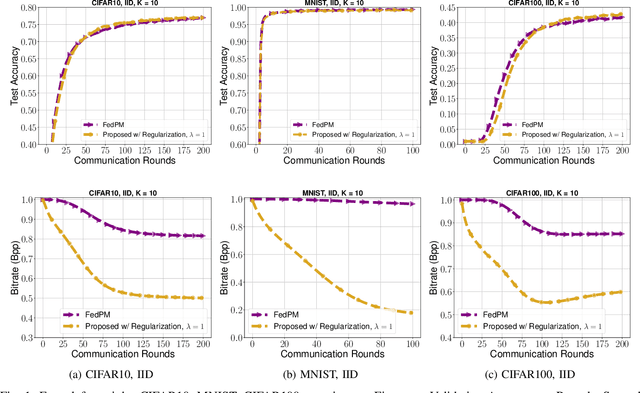
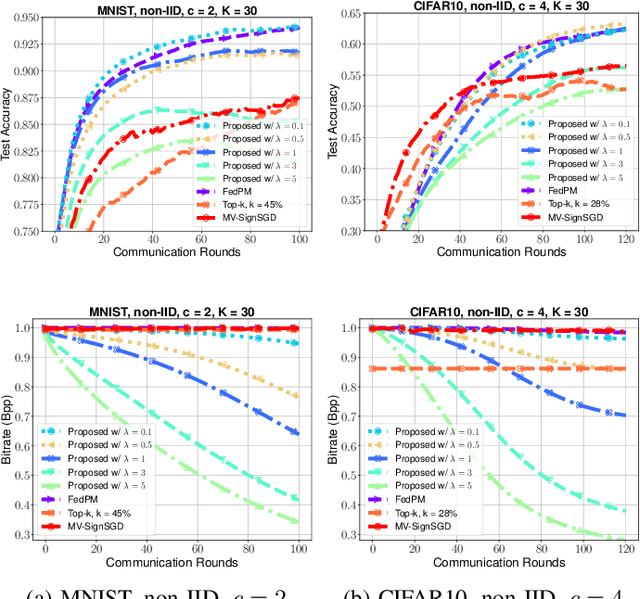
Abstract:This work presents a new method for enhancing communication efficiency in stochastic Federated Learning that trains over-parameterized random networks. In this setting, a binary mask is optimized instead of the model weights, which are kept fixed. The mask characterizes a sparse sub-network that is able to generalize as good as a smaller target network. Importantly, sparse binary masks are exchanged rather than the floating point weights in traditional federated learning, reducing communication cost to at most 1 bit per parameter. We show that previous state of the art stochastic methods fail to find the sparse networks that can reduce the communication and storage overhead using consistent loss objectives. To address this, we propose adding a regularization term to local objectives that encourages sparser solutions by eliminating redundant features across sub-networks. Extensive experiments demonstrate significant improvements in communication and memory efficiency of up to five magnitudes compared to the literature, with minimal performance degradation in validation accuracy in some instances.
Probabilistic Ray-Tracing Aided Positioning at mmWave frequencies
Aug 16, 2023
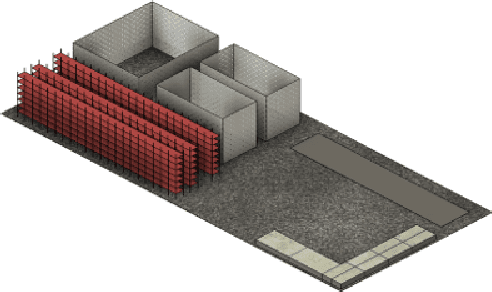
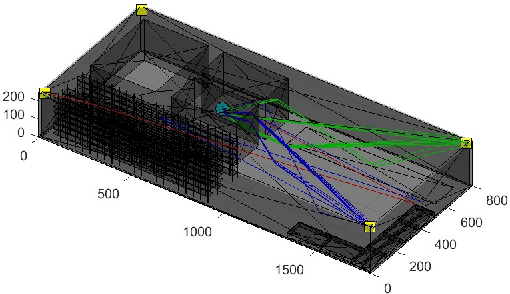
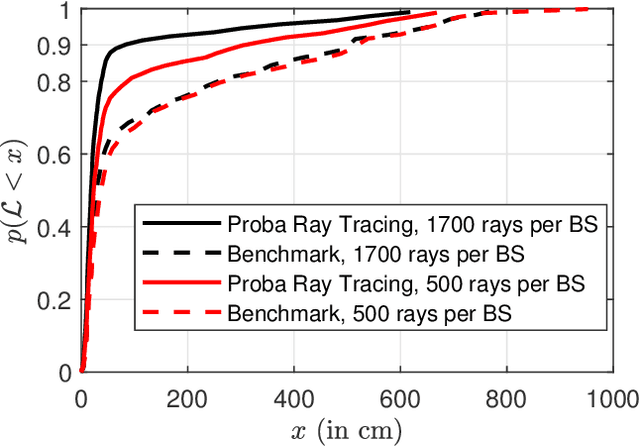
Abstract:We consider the following positioning problem where several base stations (BS) try to locate a user equipment (UE): The UE sends a positioning signal to several BS. Each BS performs Angle of Arrival (AoA) measurements on the received signal. These AoA measurements as well as a 3D model of the environment are then used to locate the UE. We propose a method to exploit not only the geometrical characteristics of the environment by a ray-tracing simulation, but also the statistical characteristics of the measurements to enhance the positioning accuracy.
User-Centric Federated Learning
Oct 19, 2021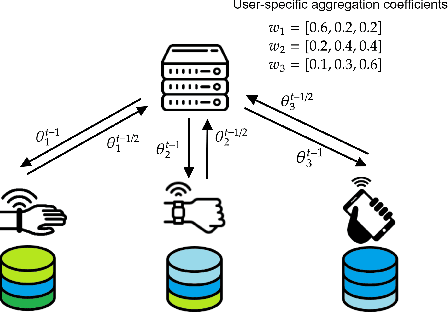
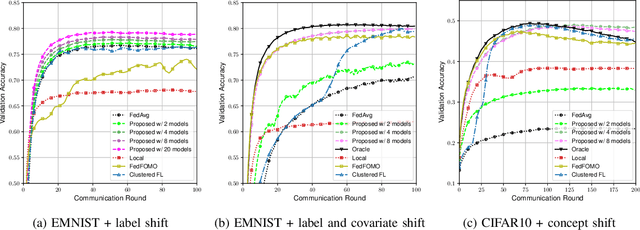
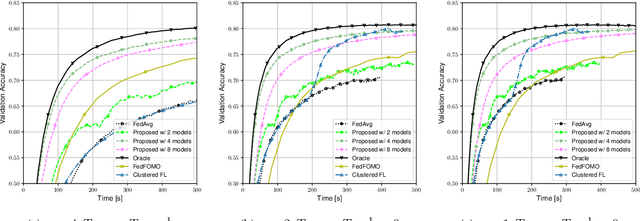

Abstract:Data heterogeneity across participating devices poses one of the main challenges in federated learning as it has been shown to greatly hamper its convergence time and generalization capabilities. In this work, we address this limitation by enabling personalization using multiple user-centric aggregation rules at the parameter server. Our approach potentially produces a personalized model for each user at the cost of some extra downlink communication overhead. To strike a trade-off between personalization and communication efficiency, we propose a broadcast protocol that limits the number of personalized streams while retaining the essential advantages of our learning scheme. Through simulation results, our approach is shown to enjoy higher personalization capabilities, faster convergence, and better communication efficiency compared to other competing baseline solutions.
 Add to Chrome
Add to Chrome Add to Firefox
Add to Firefox Add to Edge
Add to Edge